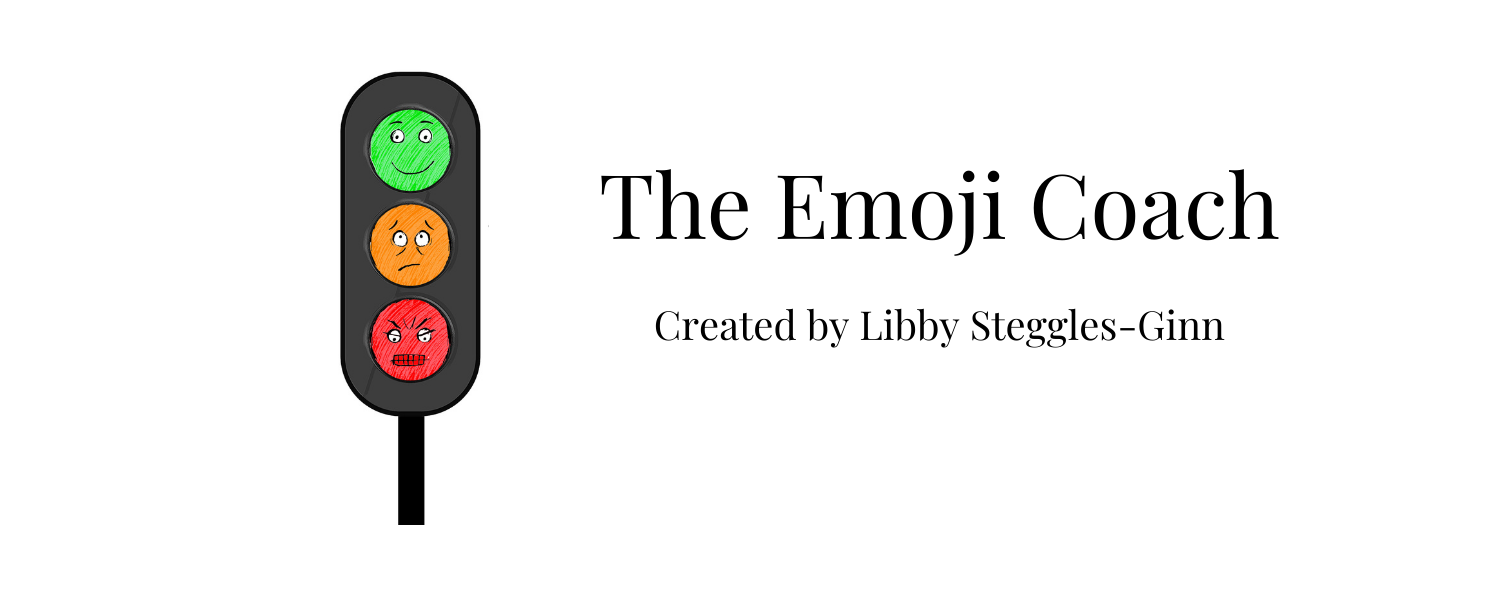Top ten tips for parents to raise confident, resilient and happy kids
A quick and easy way to access the information you may be looking for to help your child with low confidence and self-esteem, behavioural issues, anxiety and more.
How it can help
Kindness and compassion
A lot of parents and teachers ask me for advice on kindness and compassion for in the classroom and home. Especially around siblings and friendships.
Kindness and compassion are both important in the family home, and the classroom and yet can be easily forgotten especially when you all spend a lot of time with each other and can take each other for granted.
Below are a couple of ideas to bring kindness and compassion back.
Too much shouting and not enough talking.
Do you find yourself constantly shouting and then feeling bad afterwards?
You probably don’t realise how much you do shout and then when you do want to raise your voice to get attention; they don’t listen to you.
Whether it’s shouting upstairs to get their attention or tell them tea is ready, or shouting and having conversations through walls because you’re not in the same room and are in the middle of doing something it’s too easy for this to happen and we are teaching our children to do the same.
So, if you want to tell your child something or call them for tea, take the time to go to them and tell them even if that means walking up the stairs.
I grew up with a friend who’s mum had cowbells on the wall, and so whenever it was mealtime, she would ring the bells and we would all come running down ready for our food. It’s such a fond memory that I too have cowbells and have used the same method.
(For arguments see….)
Spending quality time!
Are you a parent or teacher that seems to be juggling so many plates and there doesn’t seem to be enough hours in the day to get everything done.
Prioritisation and letting go are key!
There will always be something to do, and your children are growing up fast!
Leave some of the chores, they can wait and spend some quality time with your children, and that means being present and not thinking about all that you have to do. (Link to mindfulness)
Those children will feel important and valued and happy. They love spending time with you, and you will be showing them the way for the future.
So tell me what you want what you really really want.
Well, you see that’s the problem. Quite often you tell your child what you want them to stop doing not what you want them actually to do.
In the NLP world, it’s about embedding the right message/command.
I’ll give you an example. When my son went to primary school, his teacher would ask the class a question, and he was so eager to answer the question he used to shout it out. The teacher would say, “stop shouting the answer out”. He didn’t stop, not because he didn’t want too, the answer had come out of his mouth before he realised what he was doing. The situation went on and on until the teacher felt so frustrated and started to shout at him and he felt frustrated with himself as he just couldn’t help but shout it out. His confidence and self-esteem started to drop.
The following year my son went into his new class with his new teacher and, he started to shout out the answer to which she replied, “that’s great you know the answer, and that you’re so keen to share it with us, however, I’d like you to put your hand up, and If I choose you then you can give me the answer”.
Can you see the difference? When you embed the message, you want them to receive and do they will do it. The teacher from the year below saw the change in him, and couldn’t understand why he shouted out for her but didn’t for his new teacher.
So next time you want your child to do something, tell them what you want what you really really want!
Break it down
I may sound like a rapper here but breaking information down for your child/children can help them to get things done without them feeling stressed.
You may be communicating in big picture which can be overwhelming for them, and they won’t motivate them to do something.
So break it down into chunks or specific steps.
For example
You need to tidy all of these toys away now, please! Gosh, this sounds overwhelming as I write it.
Try, “I see all the toys have been left out, so which ones are you going to put away first?”
As soon as you break it down into chunks, it will feel less overwhelming for them and will motivate them more to do the job at hand.
Everybody’s brain works differently. Just because we know what we mean when we communicate to our children it doesn’t mean that they will as unless we communicate it in the right way they won’t get the message.
Change I am to I feel
It’s important to say how you feel and for the children to say so and yet so many of us say I am angry/sad etc.
When we say I am………….. it can be harder to change the feeling as it becomes more of our identity. If you say I feel angry/sad etc. then our subconscious knows that it is a feeling and it can be changed easily.
If your child says I am …………, reflect back to them what they’re saying…… “So you feel Angry”, “so you feel frustrated.”
I can see you’re feeling angry or “Yes, I can see how upset you are feeling.”
(Link to affirmations)
Separate their behaviour
Separate their behaviour from them. “I love you very much; I don’t like your behaviour.”
“You are amazing although I don’t like this behaviour.”
“I like you, I don’t the way you are behaving.”
Talk about how you feel
It’s not just about your children, you are important too. If you’re not feeling great, then talk about how you feel. It’s better to say if you don’t feel in a great mood rather than the children picking it up and feeling unsure around you and this applies to teachers in the classroom too. As long as you communicate that it is your responsibility to change how you feel and not there’s. For example, “I just want to let you know that I’m not feeling that good today, don’t worry as it’s my feelings and it’s okay that I’m feeling this way as I know that I will feel happy again, I just didn’t want you to wonder why I’m not my usual self or think you’ve done something wrong”
So, it is okay to feel a negative feeling as long as we realise that it is just a feeling and we have a choice to change how we feel and that we don’t get stuck in that feeling. We don’t have to have a happy smile on our faces all of the time for our children. It is good for them to see we are human too.
At the moment mental health is a huge topic, and there is so much talk about being positive and happy, and yes, let’s do that, however, I repeat what I have already said IT IS OKAY TO FEEL and is so important that we feel and don’t push our feelings down and ignore them. Give yourself and the children space to express feelings and use the tools so they can change how they feel and don’t get stuck.
Stress and anxiety
If your child is feeling stressed or anxious, there is a great tool to the wash their worries away. When they take a bath or a shower they can imagine that all of their worries are going to be washed off them and drain away down the plug hole. They can even watch them circle round, and down the plug so they know that they have gone. They can then focus on a positive, happy thought.
Teenagers use this as well as adults so you can use this too. I use this at the end of my day. I just imagine that anything that isn’t mine like other people’s problems, energy etc. is being washed from me and going down the plughole. If you’ve had a disagreement with someone, then let that go. Anything that isn’t helping you by holding onto it can be washed off you. It is a very effective tool.
Another tool is:
Ask them,
Where in your body are you feeling this stress/worry?
What colour Is It?
If It was a shape, what shape would It be?
Are there any sounds with It?
Quite often just by connecting with the emotion in this way It can change so just allow your child some space to sit with it.
You can ask your child:
- If It was a calmer feeling what colour would It be?
- What shape would It be
- Would the sound be different?
Suggest to your child that they can now change the emotion to the feeling that they want, the feeling that they feel calmer and happier.
Practise this yourself and you too can change how you feel.
Gratitude
Gratitude is a good way to help you and your child think positively. My children used a special stone to do this. You can go for a walk to find one and then on an evening they hold the stone and think of 5 things that they are grateful for. It could be five things that they’ve enjoyed about their day. If you don’t want to use a stone, then they could use something else. Teenagers/young people tend to use a journal. They can do this 1st thing in the morning and last thing at night. You as an adult will also benefit from doing this. It doesn’t take long and is a great way of feeling good, and it reminds you of all of the good in your life rather than getting caught up in the negatives.
Contact today or book your free
45 minute consultation Online
Alternatively you can call me on:
07882 333386
Hours:
Monday: 8 am – 8 pm
Tuesday: 8 am - 8 pm
Wednesday: 8 am – 8 pm
Thursday: 8 am - 8 pm
Saturdays: 10 am – 12 noon


